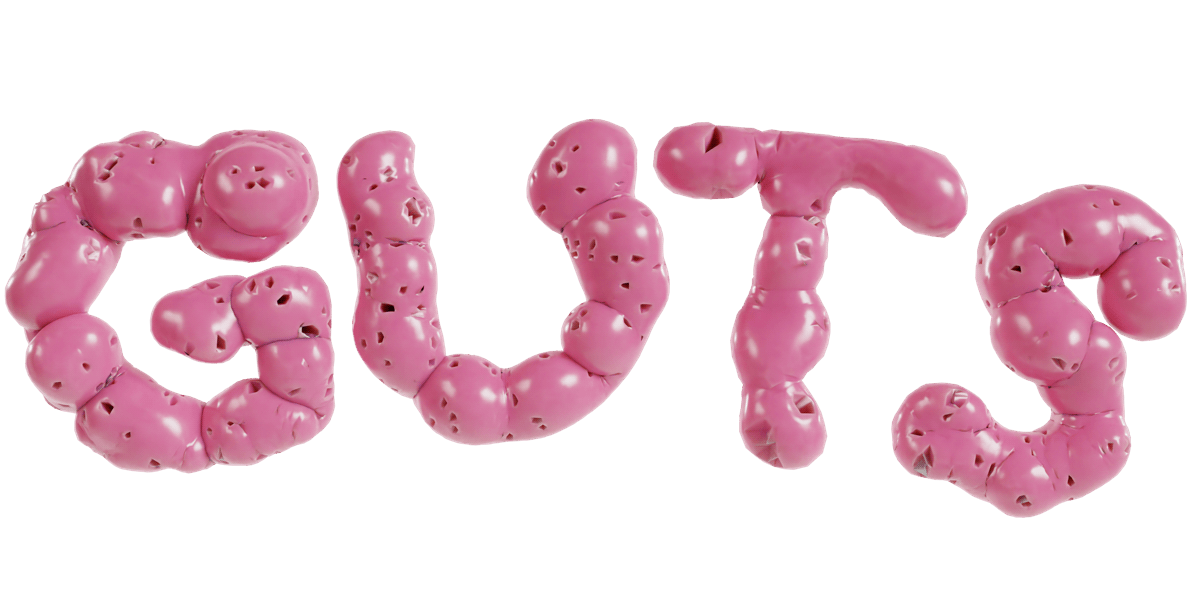MONEY! MONEY CHANGES EVERYTHING!
This article is a quick look into our process for putting together our budget proposal, right at the very very beginning of the project. This is by no means close to how the final amount was distributed in the end - see our BIG BUDGET BREAKDOWN - but here I'll explain our funding, how we were able to spend it and the research that we did.
Our Funding
As you probably know by now this project was funded by a collaboration between the record label Numbers and the charity Youth Music (website here). The internship program was to last 6 months - 3 months devoted to learning about label activities and then 3 months devoted to a project to be carried out in teams of 2. Each team was given £3250 to spend on their project. £800 of this amount was recoupable by Numbers, meaning that to turn any profit we had to stay on/under budget and generate over £800.
We were also instructed how we were supposed to spend this money - £1250 designated for promotion (anything that would bring people to the project) and £2000 devoted to artists, venue and production (lights, sound systems etc).
This project was lucky and unusual in 2 key ways; firstly we were not required to make a net profit (i.e. recoup the full £3250) and secondly that we had also been allocated a separate budget for our wages (£500/month each) so we were not required to pay ourselves for the work from our profits. This is a dream scenario but sadly not very common in events promoting, especially when you are starting out. This allowed us to be more adventurous than usual in our spending. Just something to keep in mind!
The Breakdown
Below is our proposed budget breakdown from the very start of the project before we approached any artists, venues etc.
If there are any issues, you should be able to view the doc here or here

In retrospect this sheet isn't as detailed as it perhaps could be. At this point our plan was to book 4 acts: A headliner from out of town, a local headliner, a lesser known name from out of town and a local lesser known act. Looking at hotel prices we figured we could make this more financially viable if we were able to get the artists to agree to share a two bed Air BnB.
We were also keen to make sure that local artists had budget allocated to them for their travel. It's a common issue in club events where local performers are often paid only slightly more than the costs of a taxi to and from the venue. We also were trying to make sure there wasn't a massive disparity between the headliner and support acts - something that has been often criticised in other event budget breakdowns. Looking back I think we were somewhat optimistic with the travel and accommodation budgets that we had set. I also definitely had set the lighting and lighting tech budget too low. You'll be able to see the actual money spent on these items when we release the final budget.
I'm incredibly glad that we decided early on to include large buffers in the budget. These were pots of money that we anticipated needing but we were not sure for what yet. We planned £300 of buffer in the artist pot and £150 in the promotion pot. We were so early in the process we knew there were going to be hidden costs that would be hard to predict. If we had not done this it would have been impossible to pivot from hosting the event in a club space, where there was lighting and sound set ups ready to go, to hosting it in a blank warehouse space.
As we knew we would like to have a website we began researching all the components needed for this. We knew this would be expensive but we weren't really sure how expensive.
Promotion was one area of the project that I thought we might be able to save some money on. Ordinarily when you approach a designer you would need to either determine all the work that might be needed before hand or be prepared to pay an hourly fee every time you needed a new instagram post produced. As I had some experience working with both 3D software and design software, I thought if we could find a someone to produce 3D assets for us, then I could use these to produce as many promo graphics as needed. This let us keep the cost of promotion relatively predictable as we could get exact quotes for almost everything else except web development.
Another thing we decided on early on was to not put a lot of money into Instagram or Facebook advertising and instead focus on physical advertising such as posters, stickers and flyers. We will likely go into more detail in another article but in our experience digital advertising at our scale it is not worth is!
Web was more of an unknown in working out all the costs associated. Again we will go into bigger depth about the development of the site but we knew we would need: a domain (a name for the website), storage/hosting (where text and images for your site are held) that would be able to last a long time, and some kind of back end that would enable us to continue to upload content before and after the event.
Hopefully this gives you some insight into the thought process putting this together! Feel free to contact the GUTS instagram page if you have any questions about this though!



